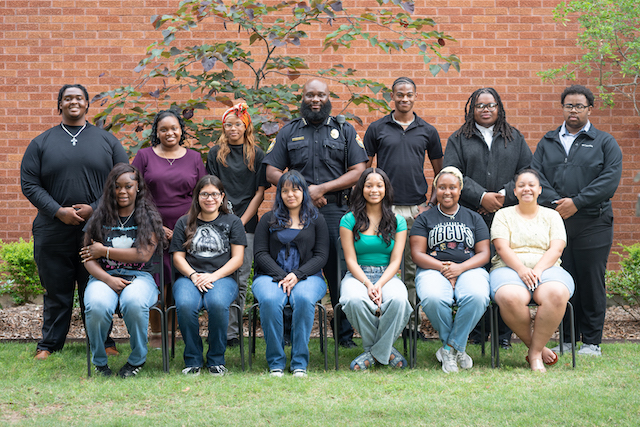MOORE OUTDOORS: Redfish schools require special approach
Published 8:47 pm Saturday, May 13, 2017
I could not believe my eyes.
An acre-wide patch of water southwest of the Galveston jetties churned and boiled with great fury. For a moment it seemed as if a nuclear submarine was surfacing, concern for national security eased when I saw mullet scurrying in the bronze-tinged mass of water, trying to avoid violent death by a massive school of bull redfish and I do mean massive. My jaw dropped and heart pounded at what I was witnessing. This was an angler’s dream and I was experiencing it in vivid, living color.
Realizing that schooling reds do not stay on the surface for long, I grabbed a rod rigged with a huge chugging topwater plug and fired it toward the fracas. Before I could pop the lure, a monster red hammered it and shot out of the water like a bronze rocket. Redfish rarely go airborne, but when they do it is a remarkable sight. The battle took more than 15 minutes, and by that time, the school disappeared. I was elated, though, as 39 inches of measuring tape stretched from the red’s nose to its tail. I knew there were bigger redfish in the school, but having caught a 39-incher on a topwater plug was a more than adequate consolation prize.
Beginning in summer and lasting through the first couple of strong cold fronts in the fall, encounters like this are accessible to coastal anglers.
Redfish begin to school en masse during calm, slick days in early summer.
Let’s start with reds in the bay first.
Most anglers never find them because they are running back to the boat ramp when the feeding action begins. For some unknown reason, reds like to feed during the middle of the day when the temperatures soar and the bays are calm. Locating these fish requires glassing the bay and looking for water boiling and more subtle signs, like mysterious wakes and muddy patches surrounded by clear water.
On those very special occasions you can see bronze spots in the water as they move just below the surface.
Reds in the Gulf are even more intense with their schooling action.
The key to successfully fishing these schools is to approach quietly. If you run up close and then throw over your trolling motor, you can forget it. These reds, despite their voracious nature, are very spooky. It is best to run up to them slowly, drop the trolling motor a hundred yards away, and ease in, or simply drift through them. I usually drift once I get close because even a trolling motor can put them down.
I have caught these reds on topwaters, lipless crankbaits, and spoons, but by far the all-around best bait is a live croaker. I have never thrown a croaker into one of these schools that did not get gobbled up in short order. Big, bull redfish cannot resist live croaker, especially when they are in a feeding frenzy. The chances of catching them on lures is about 30 percent in my estimation, while using live croaker makes it virtually a done deal.
Something I noticed during one of my early encounters with Gulf schooling reds is the lack of gulls around them. The school that brought this to my attention was a few miles off the beach with no birds working, while just a couple of miles north, schools of small speckled trout drew in plenty of bird action. This has spawned debate among anglers who see it. One school of thought is the reds are targeting the Gulf menhaden. Still other anglers have said the reds are chasing large mullet and the gulls would rather pick off small shad and shrimp kicked up by the trout instead of gulping down a big baitfish.
I will be writing more on reds in the coming weeks. For now, know that if you catch the right calm day there are lots of reds in our bay systems and the Gulf and at anytime the schooling action can begin.
To contact Chester Moore, email him at chester@kingdomzoo.com. You can hear him on “MooreOutdoors” Fridays from 6-7 p.m. on Newstalk AM 560 KLVI or online at www.klvi.com.





